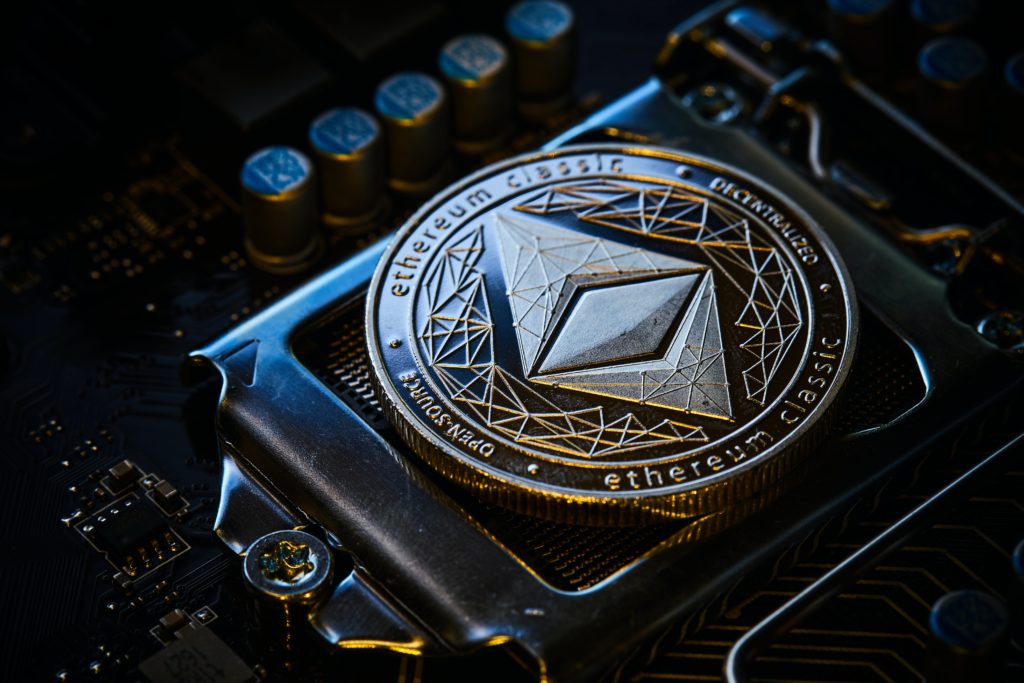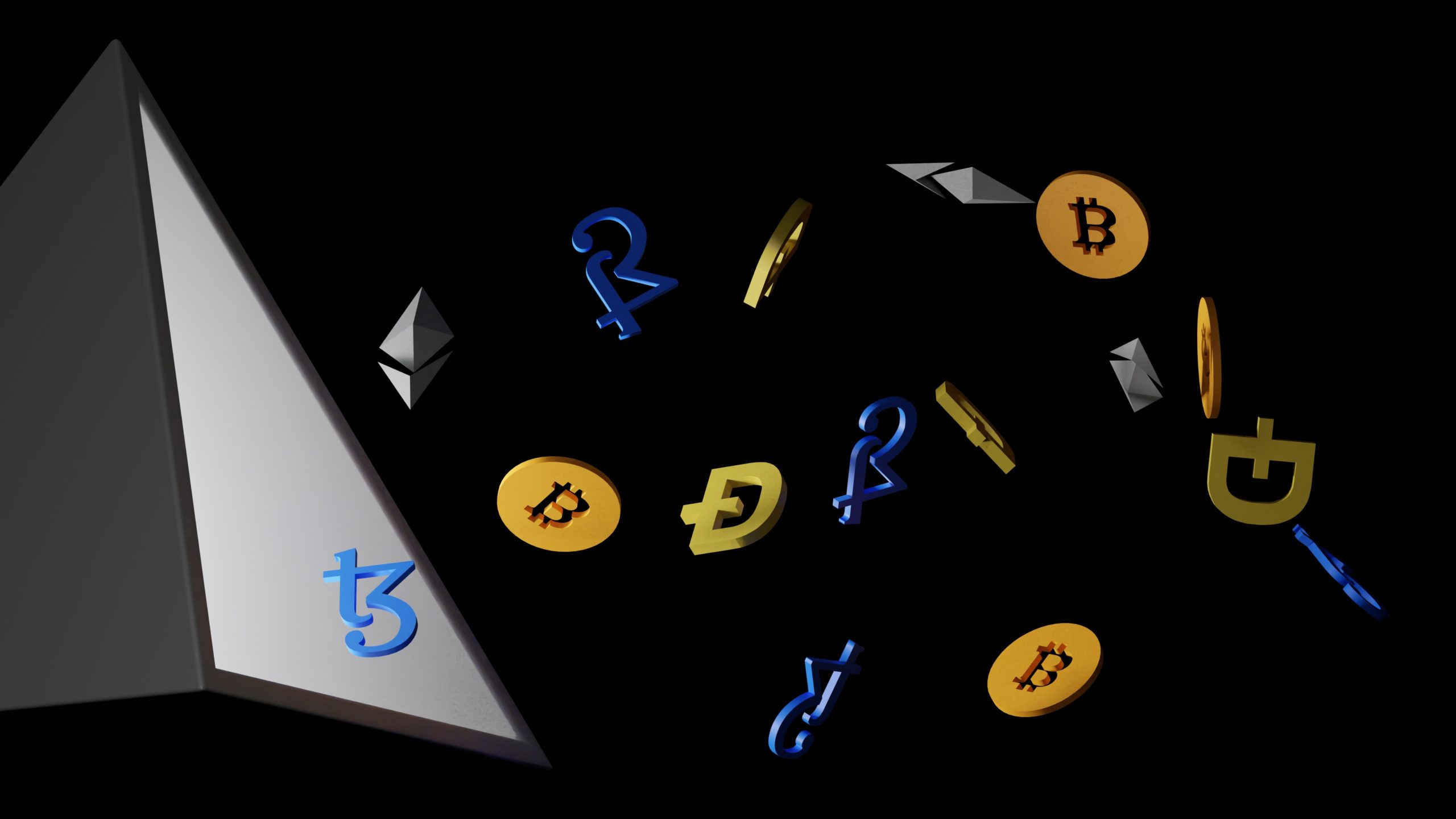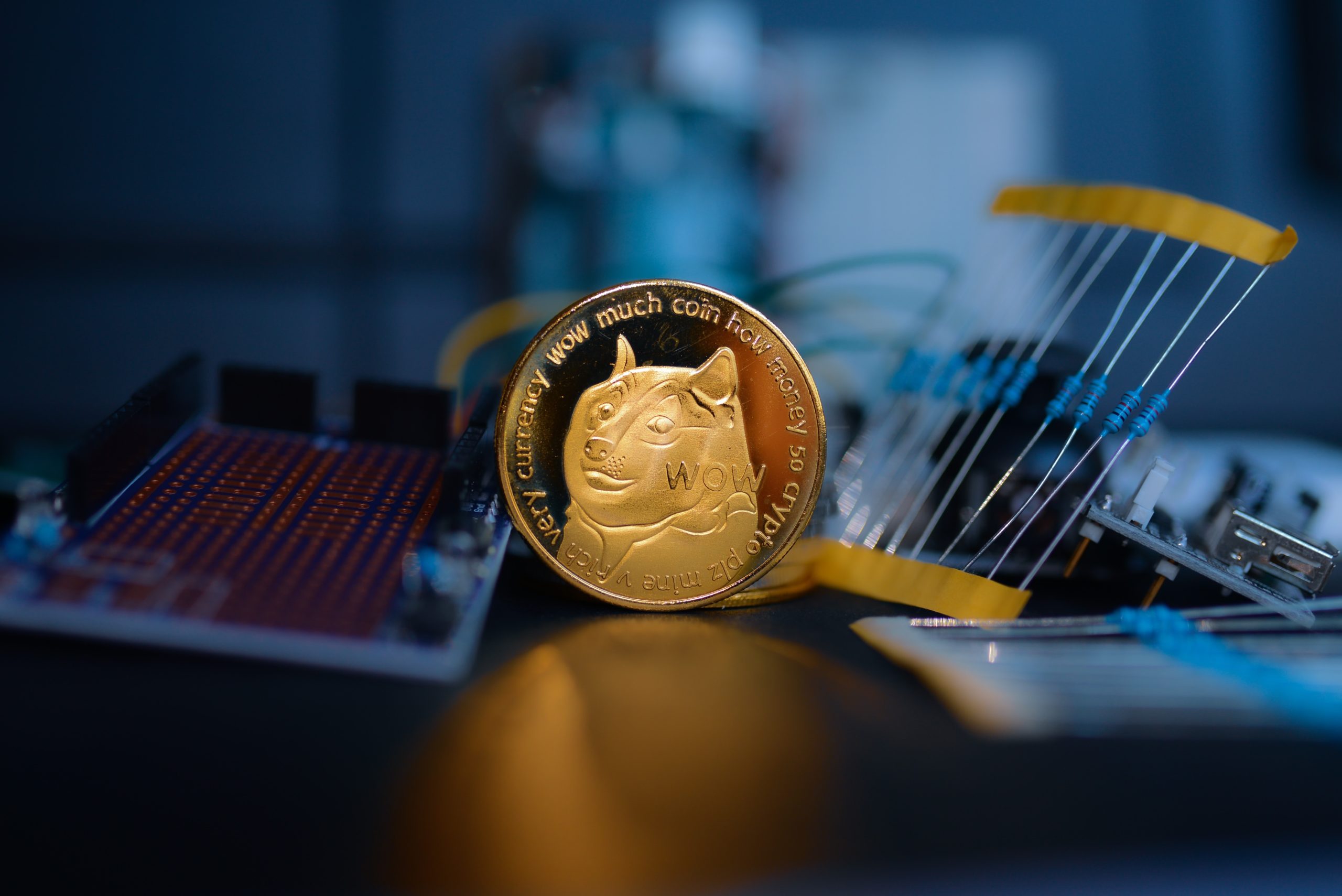An overnight theft of $50 million worth of ether occurred in the early days of Ethereum, and the perpetrator almost got away with it. The aftermath sparked a conflict over ideologies that split the Ethereum community and rocked the cryptocurrency industry. There was a sharp split in the argument. As a result, the Ethereum blockchain split into two, displacing nearly the entire community but keeping the original core code and a separate community. The transactions were also reversed by the fork, giving the stolen money back to its rightful owners. However, those who adhered to the principle that “code is law” did not alter the original core code, which is now known as Ethereum Classic (ETC).
Ethereum Classic follows the rest of the cryptocurrency market, so as some of the biggest assets rise or fall, so does Ethereum Classic. Although both the price of ETH and the price of ETC vary independently, the price of Ethereum Classic is currently trading at less than 10% of the price of ETH.

Ethereum’s evolution
The Ethereum ecosystem is based on smart contracts, which are contracts written in computer code that carry out their operations following predetermined rules. The DAO (decentralized autonomous organization) was established on the Ethereum blockchain at the time of Ethereum’s founding. The DAO was intended to function like a business (without the corporate structure) and to act as some sort of foundation for other decentralized apps (dApps). Projects would be added, voted on, and subsequently funded by DAO token holders. More than $150 million, or 14% of all ether at the moment, has been added within a month of the DAO’s establishment.
Participants in the DAO were free to break off and start their own child DAO if they didn’t like the way things were going. Unfortunately, this led to a major security breach, allowing a hacker to convert $50 million worth of DAO tokens and transmit them to an Ethereum address under their control.
The hack was immediately identified, and ether’s price fell. Since DAO transactions required a 28-day waiting period before settlement, the community had time to discuss whether to challenge and reverse the transaction or allow it to remain.
How Ethereum Classic (ETC) work
It is based on proof-of-work mining and smart contracts, and it functions exactly like Ethereum (though the prices of the two are very different). However, Ethereum Classic does not share updates or compatibility with the Ethereum (ETH) codebase.
This implies that these updates won’t necessarily occur with ETC as Ethereum (ETH) switches from proof-of-work to proof-of-stake, for example, unless the community develops them concurrently and independently.
ETC supporters assert that if another attack or corruption occurs in the future, nothing will prohibit Ethereum (ETH) from implementing another hard fork.
Ethereum Classic (ETC) deposit and withdrawal fees
Here are some Ethereum Classic (ETC) deposit and withdrawal fees in comparison to other exchange rates:
The cheapest withdrawal cost is offered by Exchange WazirX
The ETC withdrawal charge is ($0.0000000 – 0ETC) and is unknown on the chain network. There is no deposit cost. ETC withdrawals start at $0.0000000 and go up to $1,389.9391.
OKEx (OKX), an exchange, has the second-best withdrawal cost
The ETC withdrawal charge is ($0.0000000 – 0ETC) and is unknown on the chain network. There is no deposit cost. The minimum and maximum withdrawal amounts from ETC are also N/A.
The third-best withdrawal cost is offered by Exchange FTX
The ETC withdrawal charge is ($0.0000000 – 0ETC) and is unknown on the chain network. There is no deposit cost. The minimum and maximum withdrawal amounts from ETC are also N/A.









